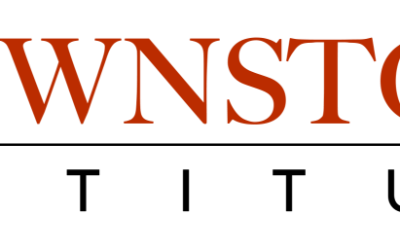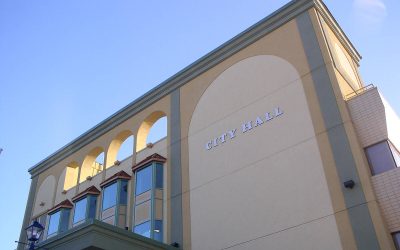Students and educators in Calgary high schools are concerned about increasing class sizes according to CBC News. Calgary public schools are putting more than 40 students in a classroom and large classes are becoming increasingly common.
This problem is a consequence of the cost-disease problem in Alberta public education.
William Baumol, professor emeritus of economics at Princeton University and the author of The Cost Disease, argues that the cost of social services, health care, and education is “condemned” to increase faster than inflation because the number of people providing and using the services cannot be reduced easily. Unfortunately, they can be expanded easily.
The cost disease has also seen increasingly more resources flow into half-empty schools, as well as expanded bureaucracies and higher salaries for administrators and teachers. Schools with decreasing student populations are given resources at the expense of fuller schools, with more students in classrooms, who need more administrators and teachers.
That is the problem that Calgary is currently experiencing.
Evidence for Alberta public schools from 1999 to 2010 makes the point. Over this 11 year period, public school enrolment in Alberta increased by 10% from 528,099 to 584,984 students, and the number of educators increased by 17.3% from 30,797 to 36,143. Student-educator ratios have fluctuated, but in 2010-2011the average ratio across Alberta was 16.19 students per educator.
The cost of teaching students in these schools increased by a whopping 96.9% from $3.67 billion to $7.24 billion when the Consumer Price Index (CPI) increased by a modest 56.9%. The increase in cost per student is comparable, increasing by almost 77.7% from $6958.73 to $12,368.71.
Rethinking the way education is funded (and administered) in Alberta is overdue.
For starters, Alberta should stop using municipal taxes to fund public schools. Most provinces have already stopped raising money from property taxes.
After that, Alberta should tie spending directly to demand by using vouchers so parents could send their children to any public or independent school. Higher enrolments would automatically mean larger budgets for schools, and lower enrolments would mean lower budgets.
These two policies would constrain spending in the face of declining enrolments. They would also eliminate the unfair double burden placed on the increasing number of parents who are sending their children to alternative schools. At present, these parents effectively pay twice—first, when they pay private school fees and then when they pay property taxes supporting public schools that do not meet their children’s needs.
The policies would also ease the burden on schools with high enrolment rates because they would be able to hire educators and access the resources they need to benefit their larger populations as funding would be tied to enrolment.
Calgary’s 40 student classrooms would cease to exist if those schools had a budget directly tied to their large population and were able to hire the teachers they need to accommodate their growing student populations.
Consumer-controlled funding would also eliminate a large swath of public school bureaucracy that has absorbed considerable resources. They would turn schools away from maximizing spending on peripherals and force them to focus on objective, measurable, outputs, those that are essential for creating informed, enlightened, and employable citizens.
As a result, we would get a much slimmer provincial education department and more cost-efficient schools that focused on teaching and learning. Of course, students would be tested and the results would be published so that excellent schools attract more students and low-performing schools wither and close. Schools would be free to experiment with different teaching strategies, but they would need to deal with the consequences, positive or negative.
These changes would save considerable money, making schools much more responsible to the needs of students, parents, and taxpayers. As well, it would make 40 student classrooms a thing of the past, allowing students access to the education they, and their parents, want. For this to happen Alberta’s cost disease in public education cannot continue.


